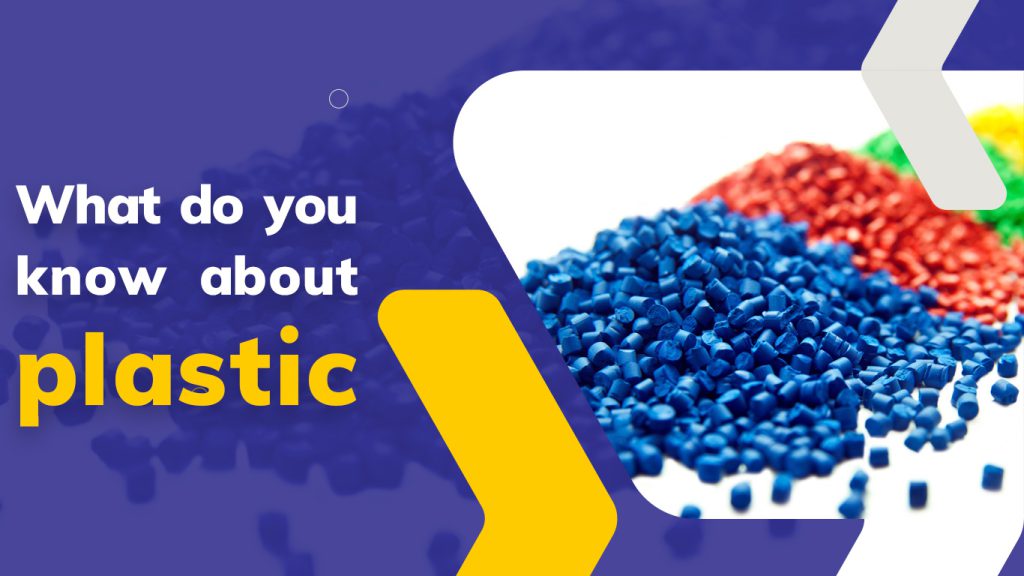
Plastic is certainly the most widely used material in different industries. In the modern world we live in now, we see plastic or various types of it anywhere we look. People use plastic materials for different purposes every day.
Over the past 5 decades, plastic has penetrated deeply into all aspects of human life. In fact, plastic is a very good substitute for other materials such as wood and metals. This is due to the variety and cost-effectiveness of plastic materials compared to other options.
[su_spacer]
[su_quote]Everywhere you look, you will find plastic. We use plastic products to make our lives cleaner, easier, safer and more enjoyable. Plastic in the clothes we wear, the houses where we live “We do, and the cars we travel with or the toys that children play with and many of the things we all benefit from contain plastic[/su_quote]
[su_spacer]
Plastics form a wide range of polymers. Plastic is derived from the Greek word (Plastikos) which means ductility. This means that plastic can be transformed into various shapes, including films, fibers, plates, tubes, bottles, boxes, and so on.
Plastics are usually produced from natural raw materials such as cellulose, coal, gasoline, salt and of course crude oil. Crude oil is found in many compounds in nature, and we must first turn it into another product to be able to use it.
Plastic is one of the products obtained from oil that has changed our daily lives. During this process, crude oil is first turned into some raw materials such as various polymers, etc., and then plastic is produced from different polymers.
Early billiard balls were made from ivory. Thousands of elephants were killed each year to provide the ivory needed to produce millions of billiard balls around the world. The animal’s population soon declined, the ivory price went up, and the production of ivory billiard balls became a controversial topic.
In 1869 and at the suggestion of a New York company, a research was conducted to find a replacement for ivory for a $ 10,000 reward. A man named John Wesley Hyatt invented the first artificial plastic and replaced ivory.
This material soon became popular for producing a wide range of products, from shirt and shoulder buttons to toys and children’s rattles, and is still used to produce tennis balls.
Conclusion:
Consumption of plastic is still on the rise beyond what many people in the world imagine. By making small changes in these materials, various and new types of chemicals can be obtained. Even the world of plastic materials is developing and improving with the possibility of recycling them.
Getting to know different types of plastics will also help you figure out how the invention of this substance influences the world. Plastics make up the bulk of the products around us and our daily lives.[su_spacer]
In this article, we try to acquaint you with plastic and how to invent this product, we are happy for you to share your questions and comments with us.
This paper tries to provide you with information regarding plastic and how it was invented. We will be happy to receive your questions and opinions.